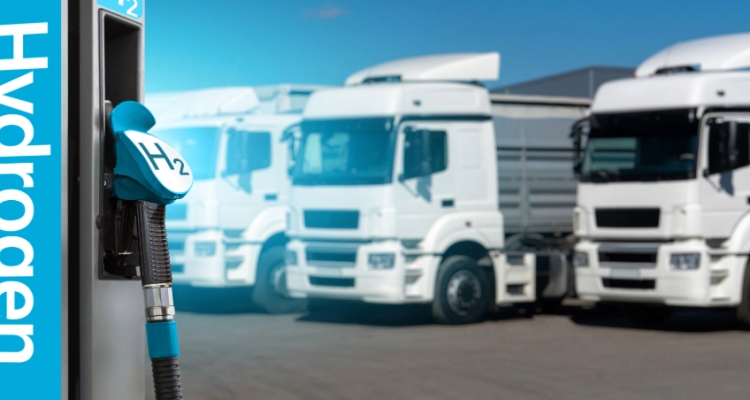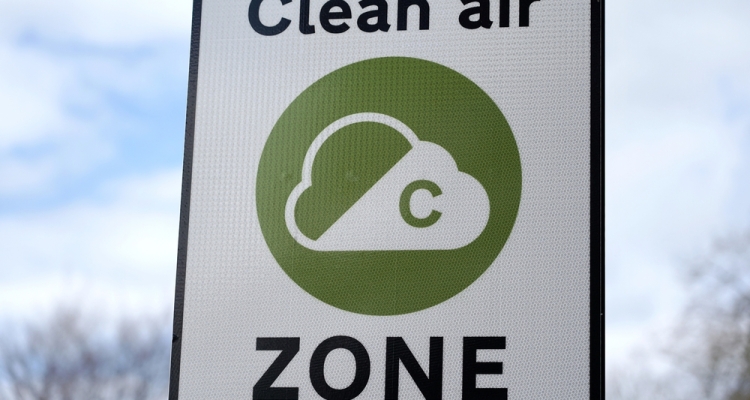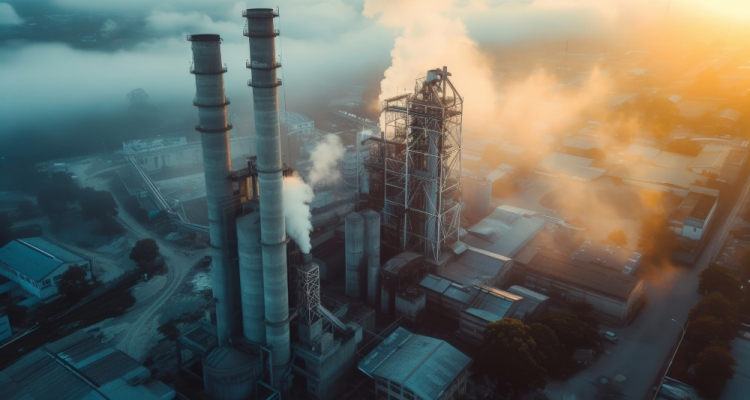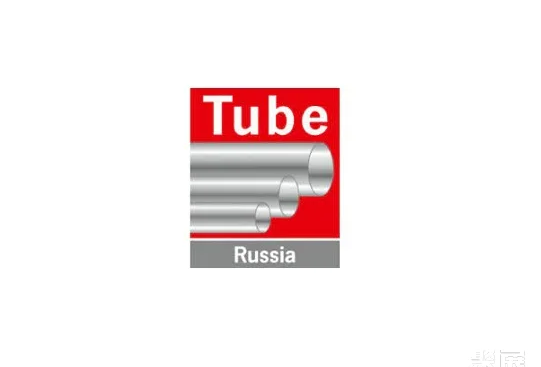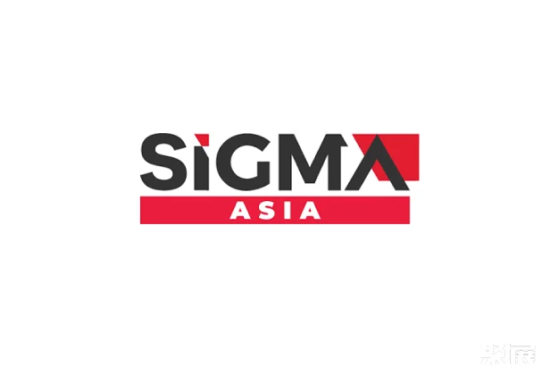A step towards green logistics…
As the process of decarbonizing ports and terminals accelerates, there is growing interest in battery-powered e-bikes, e-scooters and e-motorcycles as alternatives to traditional diesel-powered vehicles. While these electric vehicles offer a cheaper, cleaner option, cargo handling insurance specialist TT Club warns that integrating them into logistics facilities poses significant safety and operational risks. Also read: Reducing your carbon footprint: How logistics can support green building initiatives Terminal design and traffic management challenges Ports and logistics facilities are primarily designed to accommodate large trucks and heavy equipment. Introducing small battery-powered personal vehicles into these environments poses challenges due to their low visibility and vulnerability. The terminal's traffic layout, road conditions and overall infrastructure are tailor-made for rugged machinery rather than light two-wheeled vehicles. Neil Dalus, risk assessment manager at TT Club, highlighted the inherent dangers posed by terminal surfaces: "Terminal pavements are designed to withstand high volumes and heavy loads and are often subject to wear and tear, resulting in uneven…
Maersk completes order for 20 dual-fuel ships and advances
Maersk secures dual-fuel fleet expansion AP Moller-Maersk has signed agreements with three shipyards to build 20 dual-fuel container ships, cementing its commitment to sustainable shipping. This milestone completes the company's August 2024 fleet renewal plan update and adds 300,000 TEU of total capacity to its operations. Also read: Maersk pledges $2 billion to boost ports and transport infrastructure in Pakistan Underscoring the importance of the deal, Anda Cristescu, Maersk’s head of chartering and newbuilding, said: “We are delighted to have signed an agreement for 20 vessels, completing the acquisition of 300,000 TEU of capacity announced in August. These orders are part of our ongoing pipeline As part of our fleet renewal program, all ships will be equipped with dual-fuel engines to operate on lower-emission fuels.” Technical and environmental characteristics The 20 ships will be equipped with advanced liquefied gas dual-fuel propulsion systems that can significantly reduce emissions compared with conventional fuels. The ships will have a capacity range of 9,000…
Hapag-Lloyd invests US$4 billion in 24 dual-fuel ships
German shipping giant Hapag-Lloyd has committed to investing US$4 billion to order 24 new dual-fuel container ships from China's Yangtze River Shipbuilding Group and New Era Shipbuilding Co., Ltd. The fleet upgrade is planned to be delivered from 2027 to 2029, which will increase the shipping capacity by 312,000 TEU. In terms of Yangzijiang Shipbuilding, it has 16,800 TEU ships, and New Era Shipbuilding has 9,200 TEU ships. Also read: Environmental groups push to decarbonize shipping to fight pollution The advanced vessels will be aligned with Hapag-Lloyd’s Strategy 2030 and feature dual-fuel engines capable of running on biomethane, which is expected to reduce CO2 emissions by up to 95%. Additionally, the ships are designed to be ammonia-ready, demonstrating the company’s commitment to sustainable shipping and carbon neutrality. CEO Rolf Habben Jansen noted: "A more efficient fleet will strengthen our competitive position and enable us to provide high-quality global services." With $3 billion in long-term financing, this fleet update and the…
Survey highlights logistics industry’s lack of preparedness
Global logistics solutions provider Trade Tech, Inc. has released the results of a recent survey revealing critical knowledge and preparedness gaps regarding the EU’s upcoming ICS2-ENS and EORI requirements. Despite widespread awareness of the regulations, less than half of survey respondents expressed readiness to comply with the ICS2-ENS compliance deadline of December 4, 2024. This delay in preparation creates significant risks for companies handling transport into and within the EU. Also read: Embracing ICS2-ENS: Leading the future of global trade with precision and insight Key insights from the survey include ICS2-ENS Awareness: Nearly 47% of respondents lacked awareness of ICS2-ENS requirements, highlighting a considerable knowledge gap. Compliance readiness: Only half of respondents are on track to meet the December 2024 compliance deadline. Regulatory timeline awareness: More than half (56.5%) are aware of compliance deadlines, while many remain unaware of timelines. Expected operational impact: While 58.8% of industry participants expect an impact from ICS2-ENS, 32.9% are unsure of the regulation’s impact.…
Redwood decarbonization could generate $200 million annually…
Redwood's Fall 2024 Logistics Sustainability Report draws on insights from recent research by Gartner and the Boston Consulting Group (BCG) as well as Redwood's own logistics sustainability activities to highlight the growing impact of decarbonizing logistics. Companies are increasingly adopting logistics carbon accounting and management systems (LCAMS) to enhance their greenhouse gas (GHG) tracking, according to Gartner's Market Guide for Logistics Carbon Accounting and Management Solutions, in which Redwood is identified as a representative vendor. A recent study by the Scope 3 Peer Group revealed that 97% of companies believe digital solutions are critical to achieving their Scope 3 decarbonization targets. Also read: EPA allocates $3 billion to decarbonize U.S. ports using clean technology At the event in Redwood, UNVR senior director of transportation strategy Travis Vedral highlighted three key steps for the industry to achieve sustainability without making major technology investments: optimizing routes, leveraging efficient equipment and training employees. “An effective sustainability strategy starts with a team based on…
Serbia and Croatia now have direct rail freight services
ÖBB Rail Freight Group (RCG) has launched a direct rail freight route connecting Belgrade, Serbia, and Rijeka, Croatia, creating an important link between the Serbian rail network and the Adriatic coast. This new transhipment route will enable cargo arriving at the Adriatic Gate Container Terminal (AGCT) in Rijeka to be seamlessly transferred onto Serbia’s rail network. Also read: EU and US push ahead with major rail freight plans AGCT is Croatia's largest port, handling more than 70% of Serbia's import and export freight. The Belgrade-Rijeka route follows other recent RCG routes, such as the Krusevac-Budapest-Duisburg corridor connecting Serbian manufacturing centers with Hungary and Germany, further integrating Serbian logistics into European trade routes. The TransFER Belgrade–Rijeka service is operated using RCG's own locomotives and rolling stock and each train can accommodate up to 76 twenty-foot equivalent units (TEU), with container sizes ranging from 20 to 45 feet. The route promises regular, faster freight to support Serbia's growing economy, with one or…
Nuclear-powered LNG carriers: a zero-emission future
American Bureau of Shipping (ABS) has released a new report assessing the potential of advanced nuclear technology to power commercial ships, marking a breakthrough shift towards zero-emission offshore operations. Also Read: Liquefied Natural Gas: The Perfect Alternative Fuel for Your Business? Small modular reactors for offshore propulsion ABS collaborated with Herbert Engineering Company (HEC) to study the integration of a high-temperature gas-cooled reactor (HTGR) into a 145,000 cubic meter liquefied natural gas (LNG) carrier. The study delves into key design aspects such as energy management, shielding, weight distribution and hull reinforcement. The report highlights that nuclear-powered ships could enable faster transit times and eliminate the need for frequent refueling, requiring only replacement of reactors every six years. This technology offers a promising path to zero-emission operations, helping to solve one of the shipping industry’s most pressing challenges – reducing its carbon footprint. Challenges and Opportunities While HTGR technology has been proven on land, applying it offshore presents unique challenges. "This…
Hydrogen energy: Why your investment is not on the table
Clearly, hydrogen remains a core pillar in achieving net zero emissions, with hydrogen expected to account for 22% of global final energy demand by 2050. Also read: The growing green hydrogen market: A sustainable energy revolution Hydrogen is particularly effective in hard-to-decarbonize sectors of the economy, such as long-distance transport, because of its naturally abundant reserves and simple nozzle-to-pump filling distribution. With the global fuel cell electric vehicle market expected to be worth $428.7 billion by 2032, forecourt owners would be wise to invest in dedicated hydrogen pumps to future-proof their business. However, the investment also shows a significant financial contribution. Fueling company Dover Fueling Solutions explains why it is a wise decision that will pay off in the long run. How is hydrogen distributed and what is the cost? Hydrogen is transported primarily through three channels: pipelines, high-pressure pipeline trailers, and liquefied hydrogen tankers. Currently, pipelines remain the cheapest way to transport large quantities of hydrogen, with 4,300 km…
Hydrogen energy: Why your investment is not hanging in the balance
Clearly, hydrogen remains a core pillar in achieving net zero emissions, with hydrogen expected to account for 22% of global final energy demand by 2050. Also read: The growing green hydrogen market: A sustainable energy revolution Hydrogen is particularly effective in hard-to-decarbonize sectors of the economy, such as long-distance transport, because of its naturally abundant reserves and simple nozzle-to-pump filling distribution. With the global fuel cell electric vehicle market expected to be worth $428.7 billion by 2032, forecourt owners would be wise to invest in dedicated hydrogen pumps to future-proof their business. However, the investment also shows a significant financial contribution. Fueling company Dover Fueling Solutions explains why it is a wise decision that will pay off in the long run. How is hydrogen distributed and what is the cost? Hydrogen is transported primarily through three channels: pipelines, high-pressure pipeline trailers, and liquefied hydrogen tankers. Currently, pipelines remain the cheapest way to transport large quantities of hydrogen, with 4,300 km…
DP World sets ambitious new carbon reduction targets
DP World has made significant progress in its sustainability efforts, with its ambitious carbon reduction targets endorsed by the Science Based Targets Initiative (SBTi). The company has pledged to reduce Scope 1 greenhouse gas (GHG) emissions by 42% by 2030, from a 2022 baseline. In addition, DP World plans to reduce Scope 2 GHG emissions by 62.2% and absolute Scope 3 GHG emissions by 28% over the same timeframe. Also read: Maersk’s path to carbon neutrality still requires LNG This comes after DP World had already achieved a 13% reduction in emissions since 2022. Emphasizing the company’s commitment to sustainability, Sultan Ahmed bin Sulayem, Chairman and CEO of DP World, said: “DP World is committed to leading the supply chain industry towards a more sustainable and efficient future, ultimately achieving net zero emissions by 2050. SBTi’s recognition confirms the strength and ambition of our plans, and we remain committed to playing a key role in uniting the industry to create…
Going green: the impact of low-carbon zones on European cities
The DFS explores the impact of low emission zones (LEZs) on the continental fuel landscape in the coming years. Also read: Lessons from ports: How to seek $3 billion in zero-emission subsidies from the US Signs displaying the latest Low Emission Zone (LEZ) guidelines have become a common sight in Europe’s urban areas, with 320 LEZs currently in place across the continent and expected to reach 500 by 2025. The system has been praised for improving the city’s air quality, reducing overall road traffic, and boosting the local economy. According to the latest statistics, Italy leads the way with 172 low-emission zones established nationwide, followed by Germany with 78. Meanwhile, most countries are still in the early stages, with fewer than 20 low-emission zones each. But will this change in the future? Fuel supply company Dover Fueling Solutions (DFS) explores the impact and explains how Low Emission Zones (LEZs) could change the continent’s fuel supply landscape in the coming years.…
Driving sustainable development in the cement industry: Regulatory changes and
Cement is the foundation of modern infrastructure, a paradoxical pillar of our built environment, both literally and figuratively. While cement is an integral part of the construction of skyscrapers, bridges and roads, the global cement industry has a profound impact on the environment. Producing cement is an energy-intensive process that generates significant CO2 emissions, accounting for 8% of global CO2 emissions. This figure exceeds the carbon footprint of industries that are often considered more polluting, such as aerospace, highlighting the cement industry’s significant contribution to climate change. Also read: Sedex to launch three innovative tools in 2024 to help make supply chains more sustainable In response to growing social and regulatory concerns, governments and industry stakeholders are implementing a range of incentives and regulations to improve efficiency and reduce the environmental impact of cement production. Welding Alloys, a leading expert in cladding and hardfacing applications, is delving into the changing landscape to explore innovative solutions that can improve the cement…








